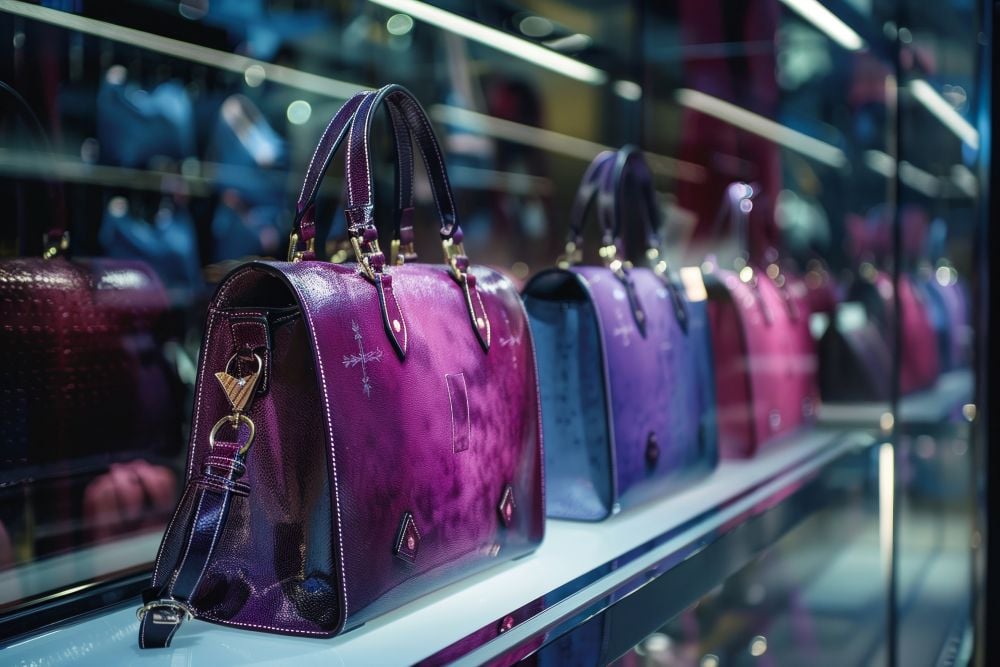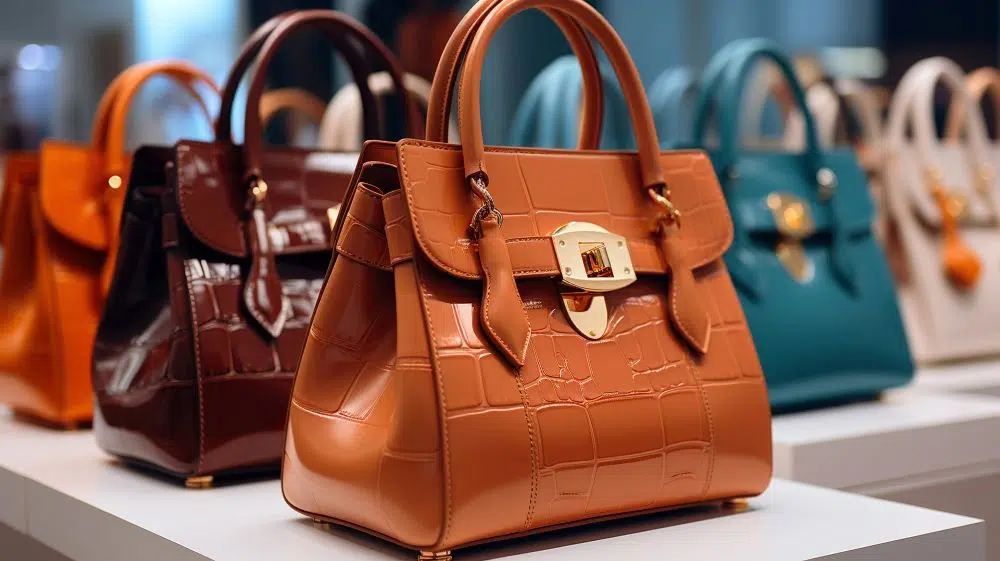You know that moment when you unzip a buttery-soft leather bag and inhale that faint, woodsy scent? There’s something unexpectedly intimate about it, like holding decades of tradition in your hands.
Artisanal leatherwork isn’t just an industry—it’s a ritual steeped in patience and passion. Each bag is a narrative, stitched and buffed until it whispers its story.
Choosing the Perfect Hide
It all begins at the tannery, where full-grain hides await transformation. These hides come from animals raised under open skies, free from the stress marks that plague lesser grades.
I’ve run my fingers over a couple of hides in upstate New York—felt ridges and subtle scars that promise character rather than flaw. It’s this very texture, uneven and organic, that aficionados crave.
Of course, you’ll pay a premium for these prime hides, because quality never comes cheap. But honestly? Having cradled one of these sacks on a damp Seattle morning—and later, a handbag Longchamp crafted from a similar hide—I’d argue it’s worth every dollar. There’s a solidity to full-grain leather, a feeling you can’t replicate with faux or corrected grains.
The Alchemy of Tanning
Tanning feels almost alchemical. Whether craftsmen lean on ancient vegetable extracts—oak bark, chestnut, you name it—or opt for chromium salts that speed up the process, the goal is the same: stabilize collagen and prevent decay. Hides swim in vats of warm, amber liquid, how they slowly plump and acquire that signature suppleness.
Some purists swear by weeks-long vegetable tanning, insisting the slow patience yields deeper hues and a patina that ages gracefully. Others favor chrome tanning, producing more vibrant dyes in a fraction of the time. Both techniques have their devotees. Frankly, I find myself torn—there’s an old-school romance to veg-tan, yet I can’t deny the consistent efficiency of modern methods.
Handcrafted Stitching and Finishing
After tanning, the hide heads to the cutting table. Artisans draw patterns freehand—or sometimes with chalk templates—and slice each panel with precision. It reminded me of a surgeon’s steady incision; any slip, and the whole piece could be ruined.
Then comes the real art: the saddle stitch. Two needles, one thread, and a rhythm that almost looks like dancing. They wax the thread—beeswax, usually—so stitches glide through the hide like skates on ice. One broken stitch won’t doom the seam, because each loop locks individually.
Edge finishing often flies under the radar, but trust me, it’s crucial. Burnishing with a hard wheel, applying edge paint, buffing till it gleams—these final touches elevate a bag from “handmade” to “heirloom.” And don’t even get me started on lining options: buttery goatskin linings feel like silk pajamas for your valuables.
A well-crafted piece doesn’t shout its process. Instead, it invites a closer look, making you wonder: how did they do that?
In a world slathered with fast fashion, these slow, sweat-soaked processes feel downright radical. There’s a satisfaction in knowing a bag was measured, cut, stitched, and polished by human hands, not a conveyor belt. It’s why collectors obsess over designer bag craftsmanship—they see the soul beneath the surface.
So next time you admire a supple leather handbag, pause and appreciate the centuries-old craft that brought it to life. And hey, if you’ve got thoughts on the tanning vs. chrome debate—or simply want to brag about your favorite stash—drop a comment below. I’d love to hear your take!






